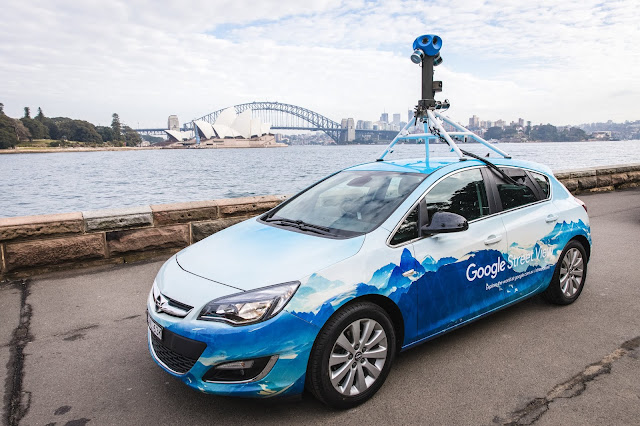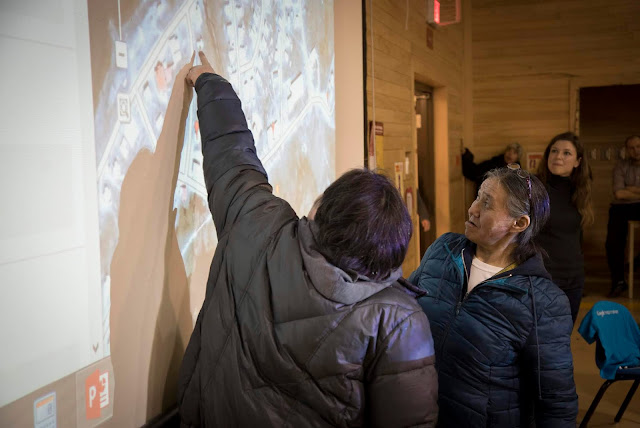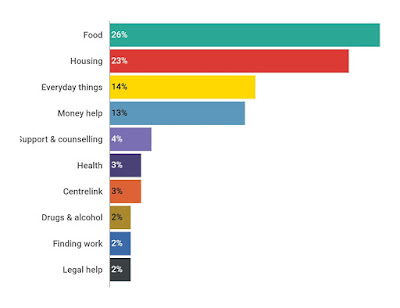The Summit brings together key business representatives from across Australia to meet with leaders and policymakers, and have the chance to hear from business owners how the internet is helping their business succeed.
Business owner Jill Tucker from Erilan Mastectomy Collection - a business which offers mastectomy wear choices and support after breast surgery - shared her story about setting up a business and getting started online.
Based in Wagga Wagga, Jill started her business to help fit women in rural Australia with prosthetics, bras, swimwear and clothing after they’ve had breast surgery.
Jill now has customers across Australia with 90 per cent of sales through the e-commerce site. Business champion Basil Karam from Life Interiors spoke about the importance of “learning to be surprised” even after 10 years of selling furniture online. Dog-grooming guru Margaret Hennessy, CEO of DOGUE, told the audience how digital propels the growth of new stores as her business expands across Australia. Digital tools are taking Australian businesses to new levels, but we know that more than 90% of businesses are not taking full advantage of digital tools. If you’re a small business that wants to gain new digital skills and learn make the most of the web - find an event near you (hint: We’ll be in Adelaide on 25-26 September) or check out The Digital Garage online to get free access to the complete training resources!








